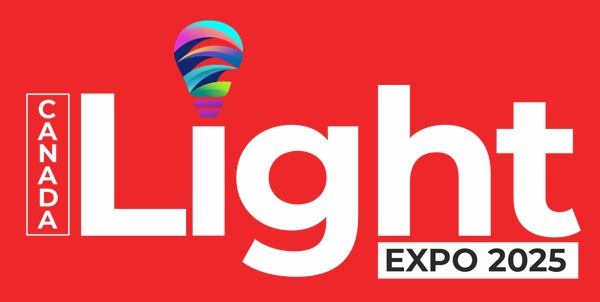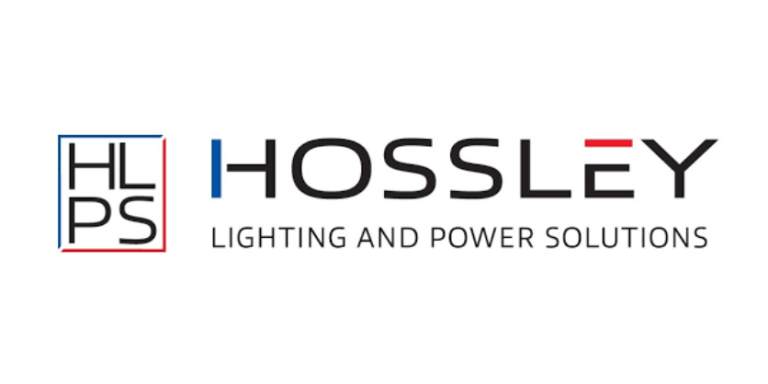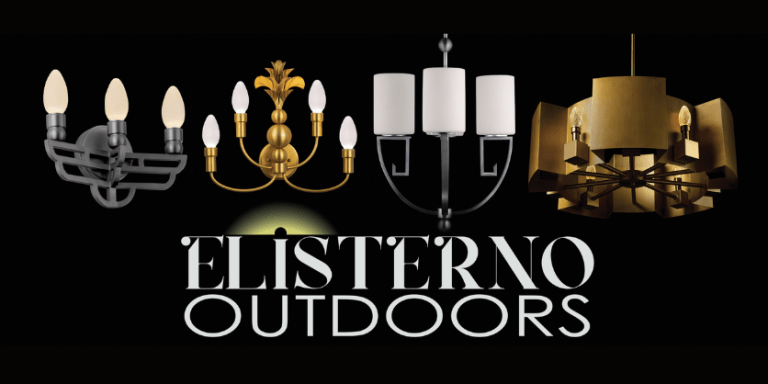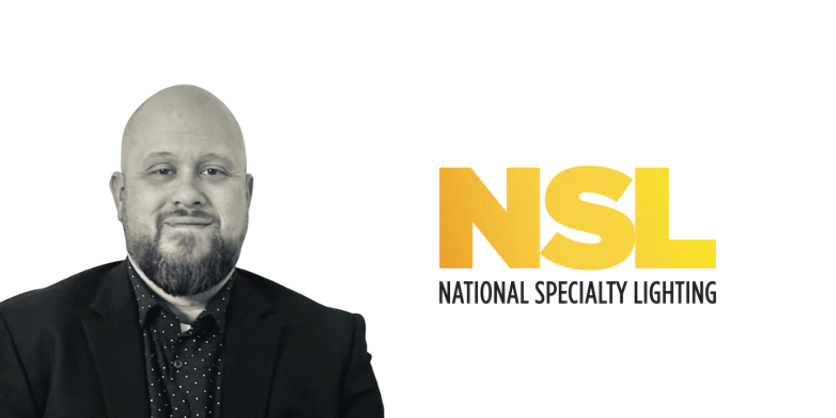This is a Great Time to Leverage Those LED Rebates While You Can
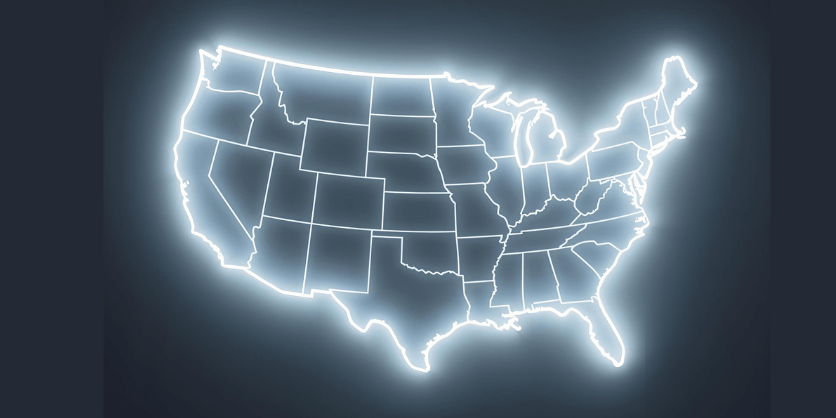
In his recent article Why Electric Utilities Still Offer LED Rebates After Fluorescent Bans Mike Cham, CTO of Encentiv Energy, pointed out that utility companies are still providing LED rebates — even as more states are expected to ban fluorescents over the next several years. This is a good time for savvy lighting specifiers and lighting agents to take advantage of those rebates and call on facilities and property managers in their local area to switch out their existing fluorescent lighting to LED ahead of any bans and while there are generous rebates still being offered.
Here is what Mike Cham had to say in his article:
The lighting industry has reached a curious paradox: fluorescent tube sales are being banned in 10 states across North America, yet electric utilities continue offering substantial rebates for LED products that replace them. If you can’t buy fluorescent tubes anymore, why are utilities still paying customers to switch to LEDs?
The answer reveals important truths about how energy-efficiency programs work, market transformation timelines, and the gap between regulatory action and real-world adoption.
The transition away from fluorescent lighting is accelerating across North America, with state and provincial bans taking effect soon.

BANS ALREADY IN EFFECT
• Vermont banned fluorescent tubes on January 1, 2024, yet Efficiency Vermont still provides incentives for outdoor HID and HID replacement lamps.
• Colorado implemented its tube ban on January 1, 2025, yet Xcel Energy and other municipals and co-ops maintain full lighting incentives in 2025. Its current planning cycle ends Dec 2026.
• Rhode Island enacted its ban on January 1, 2025, while the state-wide program continues comprehensive incentives on all lighting categories, including indoor fluorescent tubes and fixtures. Its current planning cycle ends Dec 2026.
• California’s January 1, 2025 ban accelerated the end of PG&E and SCE lighting incentives, but SDG&E continues HID replacement incentives. Municipalities and Co-ops still offer comprehensive lighting incentives, including Los Angeles Dept of Water and Power.
• Oregon joined the ban on January 1, 2025, but Oregon Trust still offers full lighting incentives when combined with controls or in special custom situations, while most municipal utilities and cooperatives maintain comprehensive lighting incentive programs

BANS COMING SOON
• Hawaii (Ban begins 2026) – Has announced they will require controls with lighting incentives after March 1
• Maine (Ban begins 2026)
• Minnesota (Ban begins 2026)
• Illinois (Ban begins 2027)
• Canada (Ban begins 2028)
• Washington (Ban begins 2029)
HERE’S WHY REBATES CONTINUE AFTER SALES BANS
1. Existing Inventory Isn’t Just Sitting on Shelves
A sales ban doesn’t make existing fluorescent tubes vanish overnight. Warehouses, electrical distributors, and facility stockrooms across the country hold years’ worth of inventory. Maintenance departments often stockpile replacement tubes, and many of these products have shelf lives measured in years or even decades.
Customers with existing inventory face a choice: Use what they have, or upgrade to LED. Utilities recognize that without financial incentives, most will choose to burn through existing stock rather than invest in LED retrofits — meaning energy savings are delayed by years.
2. Program Cycles Don’t Align with Legislative Calendars
Energy-efficiency programs operate on multi-year planning and funding cycles that rarely align with the timing of state legislation. Colorado and Rhode Island exemplify this perfectly — their tube bans took effect in January 2025, but their utility programs run through 2026 with budgets and incentive structures already approved.
Abruptly canceling lighting incentives mid-cycle would create administrative chaos, strand allocated budgets, and potentially leave customers who planned upgrades without expected support. Program continuity often takes precedence over immediate policy alignment.
3. The “Hard to Reach” Reality
Hard-to-reach customers – including small businesses, rural facilities, low-income households, and disadvantaged communities – face unique barriers including limited capital, information gaps, and split incentives (particularly in rental properties).
These customers often benefit most from energy-efficiency improvements, but are least able to afford them without support. Maintaining incentives ensures the energy-efficiency transition doesn’t leave vulnerable populations behind or create new equity gaps.
4. Specialty Applications and Outdoor Lighting
Not all fluorescent and high-intensity discharge (HID) applications are created equal. Vermont and California continue offering incentives for outdoor HID replacements and specialized applications because these represent:
• Significant energy savings opportunities (outdoor HID fixtures often run 4,000+ hours annually)
• Higher replacement costs that benefit more from incentive support
Installations where code compliance and performance requirements are more complex
5. Controls Make the Difference
Hawaii’s post-2026 requirement and Oregon’s current approach highlight the industry’s evolution: Lighting incentives increasingly focus on smart controls rather than simple lamp replacements. Controls can reduce energy consumption by 30-50% beyond LED conversion alone through strategies like daylight harvesting, occupancy sensing, and scheduling.
Utilities are slowly shifting toward incentivizing comprehensive lighting systems rather than basic product swaps — a more sophisticated approach to maximizing energy savings.
6. Municipal Utilities and Co-ops Have Different Priorities
Oregon and California demonstrate how utility structure matters. Municipal utilities and electric cooperatives often maintain different incentive strategies than investor-owned utilities because they:
• Serve different customer demographics (often more rural or small-town)
• Operate under different regulatory frameworks
• Have greater flexibility in program design
• May prioritize community benefit differently than shareholder returns
These utilities often continue comprehensive lighting incentives because they remain cost-effective for their specific customer bases.
7. The LED-to-LED Phenomenon
Here’’ where the story gets even more interesting: Utilities aren’t just incentivizing fluorescent-to-LED conversions. They’re increasingly offering rebates for LED-to-LED replacements — upgrading first-generation LEDs to newer, more efficient models with better controls integration.
The Bigger Picture
The continued availability of LED rebates after fluorescent bans reflects the messy reality of energy transitions. Policy changes, market dynamics, program administration, and equity considerations don’t move in lockstep. What appears contradictory – paying people to replace products they can no longer buy – actually represents a pragmatic approach to maximizing energy savings while navigating the gap between regulatory intent and market reality.
But it’s more than just cleaning up fluorescent holdouts. With LED-to-LED incentives emerging, utilities are acknowledging that lighting efficiency is a moving target. Today’s standard becomes tomorrow’s baseline becomes next year’s upgrade opportunity.
Looking Ahead: The 2026-2029 Wave
The upcoming bans in Maine, Minnesota, Illinois, Canada, and Washington will provide fresh case studies in how utilities navigate this transition. Will they follow Rhode Island’s approach of maintaining comprehensive incentives through their current cycles? Or pioneer new models focused on controls and advanced systems?
The staggered timeline also creates opportunities for cross-border arbitrage and market confusion as fluorescent products remain legal in some jurisdictions while banned in neighboring ones.
For the most current information on utility rebates in your area, consult your local utility company’s website or UtilityGenius.
Related articles
Are You Taking Advantage of the Smart Building Utility Rebates Available?




